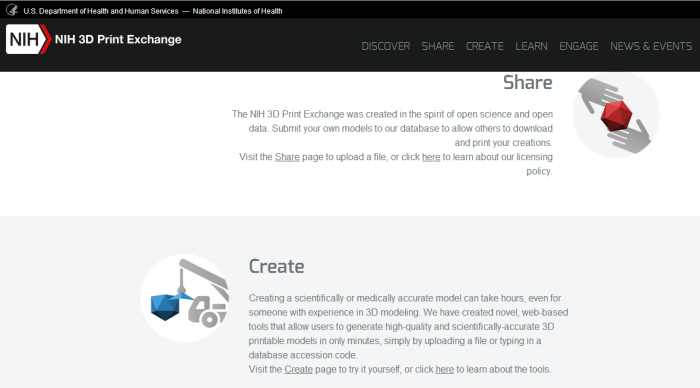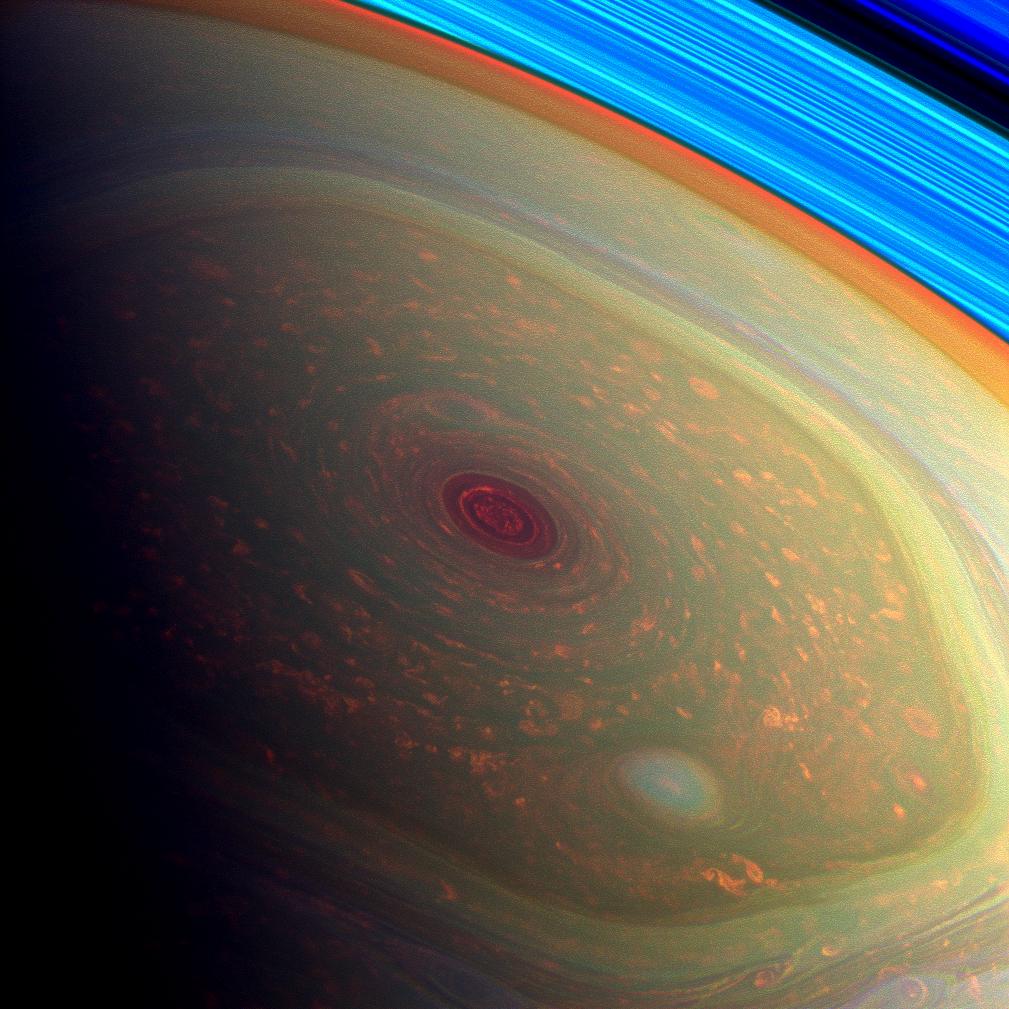In March, Make Magazine reported that there had been a White House memo to federal agencies to make three dimensional files more available to the public. Back then, the best examplewas perhaps the Smithsonian X 3D platform. Since then, the National Institute of Health(NIH) has launched its 3D Print Exchange, with the National Aeronautics and Space Administration (NASA) joining the race with its own 3D Resources page. Are we going to see even more publically available files?
The efforts of each of these agencies – The Smithsonian, NIH, and NASA – are representative of the very first efforts by different institutions to start getting their three dimensional files firmly out there for the public to use themselves. As The Smithsonian, the NIH, and NASA are all trying to make it easy to share object files with the public, they will apparently lead the way for other parts of the government looking to get their three dimensional files out.
The Make article states: ‘3D scans do not get an independent copyright, but plenty of things on a 3D file website could potentially be protected by copyright,’ and apparently: ‘For objects or files that are protected by copyright, those copyrights should be licensed permissively in order to maximize the ways that people can use them.’
The Open Government Data Best Practices provides a helpful guide to making information as open as possible. One example being that the sites should apparently not use restrictive terms of service (TOS) to layer additional conditions. The article states: ‘For objects or files not protected by copyright (and that automatically includes anything created by the US Government), the site should make it clear that the files are actually in the public domain and encourage people to use them as they see fit.’
The Smithsonian site was the first agency to take part in opening up their collection, as 3D scanning and printing have provided such a direct utility of service to the museum, allowing some twenty models to be built that include high quality scans of interesting artifacts such as Abraham Lincoln’s face, woolly mammoth skeletons, and Amelia Earhart’s flight suit.

Over at NASA, the inspirational institution is also engaging in a collection of open 3D models at their very own printable models site here. The 3D printables are arranged in alphabetical order, where there are entries for a given letter, and there are for most. You can gain free access to NASA models and contribute at the website. I’m fascinated by the prospect of a 3D printed ‘Moon Nearside Farside,’ a comparison of the surface of the moon from it’s near side to it’s far side: There is actually quite a difference.
Each of these platforms represent gains in beginning to make more of the U.S. government’s instruction to agencies a reality, as more of the objects become open and available to the public. Hopefully all three of these exciting, existing sites will continue to grow and only add to their 3D stock.




